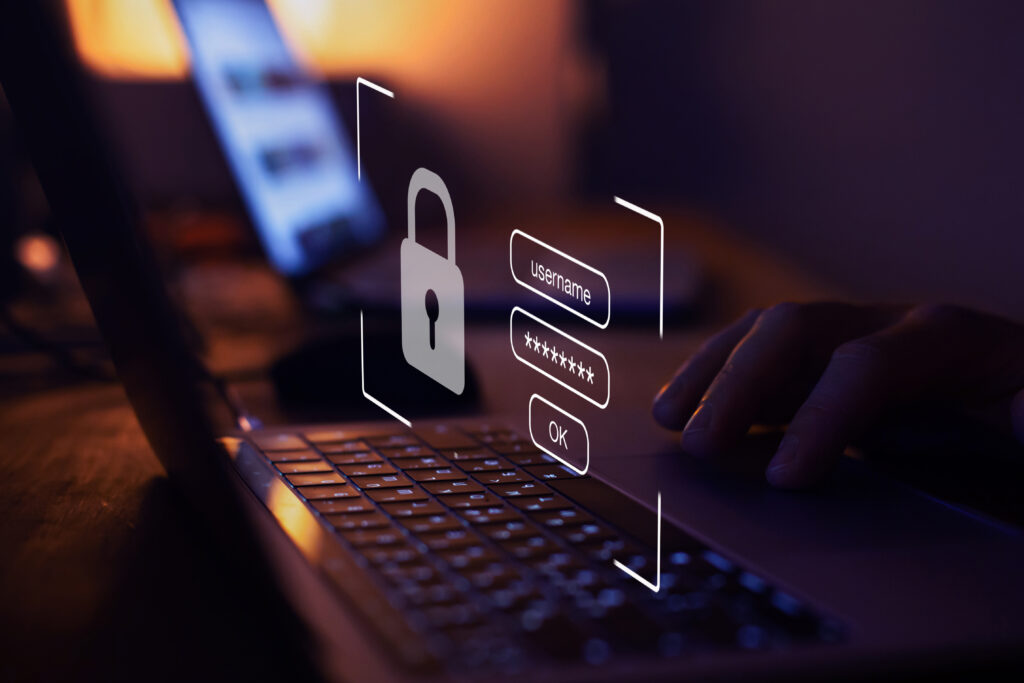Smart Cybersecurity for SMEs
Robust cybersecurity is now a must-have for small businesses grappling with the wave of digital threats that may risk data, finances, and hard-earned customer trust.
Recent statistics from the Department of Home Affairs shows an average loss of $46,000for each cyber-attack on a small business. Beyond the immediate financial strain, these attacks can also chip away at customer trust and can seriously damage a business’s reputation. While these costs are more difficult to quantify, they are nonetheless devastating in their long-term impact.
While implementing effective cybersecurity may seem challenging, with smart, cost-friendly strategies, businesses may be able to achieve budget-effective protection.
Assessing Your Business’s Cybersecurity Needs
Begin with an assessment of cybersecurity risks specific to your business, as these can vary widely among different industries and operations. This means pinpointing potential threats and vulnerabilities that could impact your business’s unique environment. Refer to this list from the government for common threats targeting small businesses like yours.
Check how cyber secure your business is by completing the Cyber Security Assessment Tool and what you can do to make it more cyber secure. Once risks are clearly understood, you can develop a tailored security framework that balances these needs with your available budget.
Crafting a Cybersecurity Plan
Developing an effective cybersecurity plan on a budget requires a thoughtful approach that balances cost with risk reduction. Here are some strategies to identify areas of high priority for remediation and awareness without overspending:
- Low-Cost Immediate Actions:
- Keep Your Devices and Software up to date: Enable automatic updates to ensure cyber criminals can’t exploit software vulnerabilities.
- Enable Multi-Factor Authentication (MFA): Turn on MFA wherever you can (banking, email, document storage and social media). MFA makes it significantly more difficult for cyber criminals to take over your account, by adding extra layers of protection.
- Limit Access: Review who has access to your devices, systems and applications on a regular basis and whether they still need that access. Only use the administrator account when required and allocate standard user accounts to everyone for everyday use.
- Backup Important Information: Recovering important data can be expensive and sometimes impossible. Schedule automatic regular and secure backups in case your data is lost, damaged or destroyed.
- Effective Password Policies: Develop strict password policies that enforce the use of strong, unique passwords and regular updates.
- Employee Training and Awareness:
- Cybersecurity Best Practices: Conduct regular training sessions to educate employees about common cyber threats like phishing, malware, and safe internet practices, reducing risks associated with human error.
- Regular Updates and Drills: Keep the training up to date with the latest security threats and conduct periodic security drills to ensure employees are prepared.
- Regular Reviews and Audits:
- Security Audits: Schedule periodic reviews and audits of your cybersecurity measures to identify vulnerabilities and where your business can improve when it comes to cyber security.
- Update and Adapt: Consistently update your cybersecurity plan to adapt to new threats and incorporate new technologies and best practices.
By taking a risk-based approach, small businesses can minimise the risk and subsequent damage of falling victim to a cyber incident. Learn how to create an effective cybersecurity plan and take immediate actions to safeguard their operations from online threats; and understand the next steps to keep strengthening their cyber security over time.

